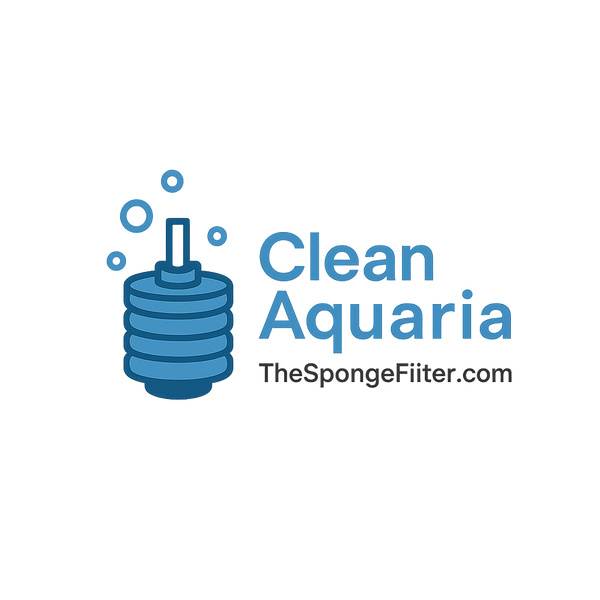A Beginner's Guide to Understanding Aquarium Sponge Filtration
Share

When setting up an aquarium, one of the crucial decisions you'll face is choosing the right filtration system. With so many options available, it's easy to feel overwhelmed. However, understanding the basics of sponge filtration can help simplify the process and improve the health of your aquatic environment.
What is a Sponge Filter?
A sponge filter is a cost-effective, efficient, and easy-to-use filtration system ideal for aquariums of varying sizes. It works by drawing water through a porous sponge, trapping debris and providing a surface for beneficial bacteria to grow. These bacteria play a critical role in breaking down harmful ammonia and nitrite compounds, making the water safe for fish.
Benefits of Sponge Filtration
- Biological Filtration: The sponge provides ample surface area for beneficial bacteria, making it an excellent choice for biological filtration.
- Mechanical Filtration: As water passes through the sponge, larger debris like uneaten food and fish waste are trapped.
- Gentle Water Flow: Ideal for breeding tanks and tanks with delicate species, as the water flow is less turbulent compared to other filtration systems.
- Cost-Effective: Sponge filters are generally less expensive and more energy-efficient than other types of filters.
Choosing the Right Sponge Filter
Selecting the appropriate sponge filter depends on the size of your aquarium and the specific needs of your aquatic inhabitants.
- For Small Tanks: If you have a smaller aquarium, such as a 10-gallon tank, the AQ-10R is a perfect match. It's designed to effectively filter smaller volumes of water while providing excellent biological and mechanical filtration.
- For Medium Tanks: For those with medium-sized aquariums, up to 30 gallons, consider the AQ-30C. It offers efficient filtration and is suitable for community tanks with moderate fish load.
- For Larger Tanks: If you have a larger setup, up to 200 gallons, the AQ-200R is designed to handle bigger bioloads with ease, ensuring that your water remains clear and healthy.
Setting Up a Sponge Filter
- Gather Equipment: Ensure you have an air pump, airline tubing, and the sponge filter itself.
- Assembly: Connect the sponge filter to the airline tubing and then to the air pump.
- Placement: Submerge the filter in your aquarium and choose an inconspicuous area where it won't disturb your aquascaping.
- Initial Start-Up: Turn on the air pump. You'll see bubbles rising through the sponge, indicating the filter is operating.
Once the sponge filter is up and running, be sure to maintain it by gently rinsing the sponge in aquarium water during regular maintenance. This helps to preserve the beneficial bacteria living on the sponge.
By understanding and utilizing a sponge filter, you can enjoy a healthy and thriving aquarium with less hassle and more peace of mind. For more information on maintaining your aquarium, visit The Sponge Filter.

